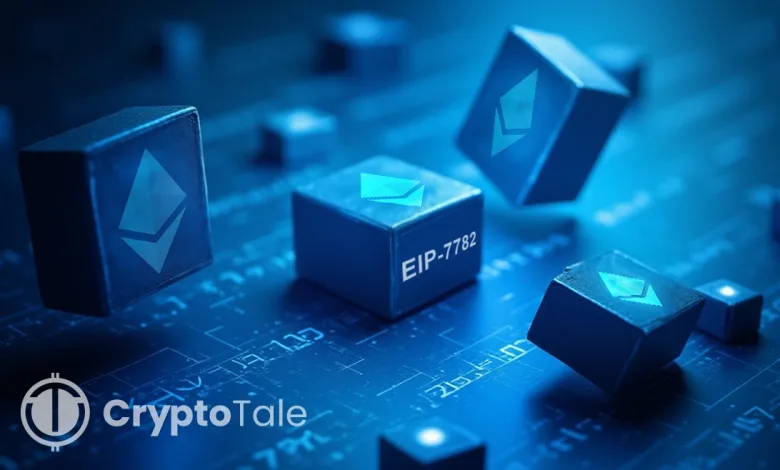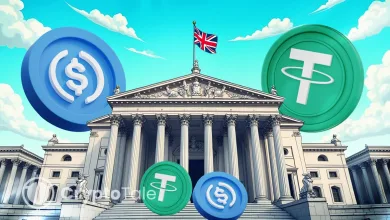Ethereum Dev Proposes 6-Sec Block Time for Better Performance

- ETH could process blocks every 6 seconds under EIP-7782 by the 2026 Glamsterdam update.
- Faster blocks may bring quicker DeFi trades with lower costs and smoother app activity.
- Block time cuts may help Ethereum grow while testing the limits of validator hardware.
Ethereum developer Barnabe Monnot has proposed EIP-7782 to cut block times from 12 seconds to 6 seconds in 2026’s Glamsterdam upgrade. The change would improve transaction confirmation speed, reduce DeFi fees, and enhance user experience across the Ethereum ecosystem, including layer-2 networks and decentralized applications.
Six-Second Blocks May Transform Ethereum’s Core Function
Monnot presented the proposal on June 21, citing a need to boost Ethereum’s role as a confirmation and settlement layer. Reducing slot time would increase the frequency of new blocks, allowing faster inclusion of transactions and reducing waiting times for users. “Shorter slot times improve the confirmation service, which could lead to a higher service price than it is now,” Monnot said.
The “service price” refers to Ethereum’s economic value in providing its primary settlement function. Monnot originally drafted the proposal in October 2024, and it is now under early discussion. He noted that Ethereum could reach blocks with three times the current gas limit and eight times the blob supply.
The idea remains at the proposal stage and may not proceed to testing. However, if accepted, the changes would arrive as part of the broader Glamsterdam hard fork, scheduled for late 2026.
Smoother User Experience and DeFi Efficiency
Shorter slot periods would make Ethereum more responsive by speeding up transaction inclusion. Wallets and DApps would update more frequently, giving users more up-to-date information. More frequent blocks would also benefit layer-2 networks by improving their synchronization with the Ethereum mainnet.
Frequent block production would make it harder for actors to censor transactions. As blocks arrive faster, it becomes more difficult to exclude or delay specific transactions. This strengthens Ethereum’s decentralization and security posture.
For the DeFi ecosystem, faster block times could lead to better price accuracy, lower trading spreads, and reduced arbitrage risks. Monnot stated, “More liquidity leads to lower costs for traders and strengthens Ethereum’s network effects.” That could attract more trading activity, increase protocol usage, and support Ethereum’s market value.
Does This Set a New Standard for Blockchain Networks?
EIP-7782 may put Ethereum alongside some of the fastest-paced mass smart contract chains. Increased throughput might compel investors and help institutional adoption in the future. The upgrade suggested is one of the many objectives of Glamsterdam to enhance the efficiency of Ethereum at a protocol level and reduce gas consumption.
Related: Crypto Whale Goes All In on Ethereum During Iran Conflict
Other chains, such as Solana and Avalanche, already offer faster block times. However, Monnot’s proposal represents a significant move given Ethereum’s larger validator base and global footprint. It sets a possible precedent for high-capacity networks aiming to optimize both speed and reliability.
Nevertheless, the transition may cause obstacles. With less powerful hardware, validators can find it harder to maintain smaller block deadlines. There might be a steep increase in bandwidth requirements. The inadequately tested changes may compromise the stability of the network, so additional research and simulation should be conducted prior to mainnet implementation.
As Glamsterdam is being discussed in its early stages, the theme of block time reduction will probably define the future of Ethereum. However, there is one important question: whether it will be possible to scale the network in terms of transaction speed without ruining the decentralized nature of the network.





